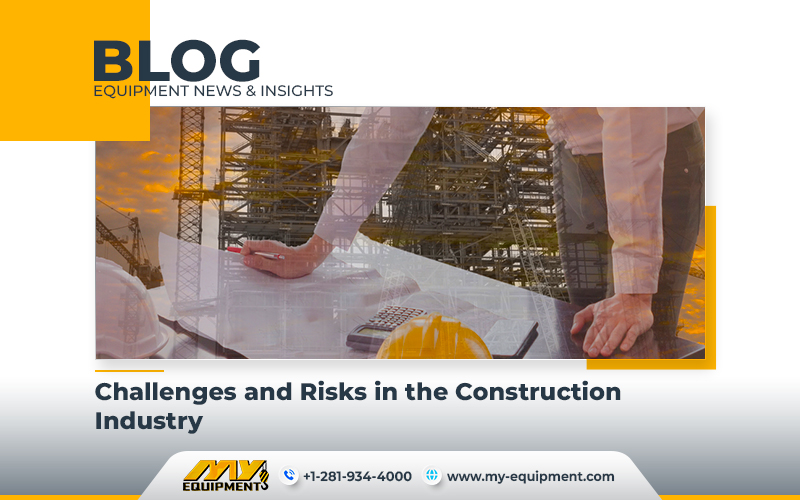Increasing and Evolving Risks for the Insurance Business
Construction sites are constantly exposed to a wide range of risks, including fires, equipment theft, slips and falls, and weather-related interruptions. The insurance industry must adapt to these expanding and new risks, making it a challenging sector to insure. With the surge in construction activities in the United States, the exposure to risks has also increased. Builder’s risk insurance aims to safeguard buildings, structures, workers, and raw materials, but it does not protect against subpar materials or workmanship. Contractors also face challenges in workers’ compensation, particularly in states like New York, where the Scaffold Law can lead to significant legal fees. Plus, the frequency and intensity of natural disasters have risen, causing delays in project completion and increasing the demand for business interruption insurance.
Aging Employees and Lack of Trained Labor
The construction industry is grappling with a change in its workforce composition. Aging employees, a lack of trained labor, and an influx of inexperienced workers contribute to an increase in costly accidents and injuries on construction sites. A significant skill gap is observed, with 78% of businesses struggling to find suitable employees, as per a poll conducted by the Associated General Contractors of America (AGC). The shortage of skilled labor also results in job losses during the previous recession, and the trend of fewer millennials opting for manual labor exacerbates the issue. The lack of industry expertise and mentors for the younger generation increases the risk of accidents and injuries, leading to higher annual worker fatalities in the construction sector.
Poor Construction and Construction Defect Claims
Long-tail construction defect claims are on the rise due to less experienced construction crews. Construction defects refer to any flaw in a project’s design, workmanship, or materials, leading to property damage and human injuries. While commercial general liability (CGL) insurance is intended to defend against such claims, court decisions in favor of plaintiffs can result in significant settlements. Contracts often transfer increasing responsibility to contractors, which poses challenges in handling workers hurt on construction sites, as the Workers’ Compensation Act’s exclusive remedy clause is weakened.
Handling Larger Projects than Capabilities
The increasing demand for construction projects has led general contractors and subcontractors to take on more or bigger projects than they can actually handle. Overextension not only poses serious safety risks but also increases the likelihood of mistakes and accidents on construction sites. As billion-dollar projects become more common in the industry, contractors may stretch beyond their areas of expertise to keep up with the market. Unrealistic expansion is the primary reason why contractors fail, according to Surety Information Online, with performance problems coming in second place. Underwriters for the construction sector are concerned about the strain caused by the sheer volume of work, especially with large-scale projects.
Fire Hazards on Construction Sites
Fires are a frequent occurrence on construction sites, particularly in wood-framed construction. Materials like wood, solvents, gasoline, and packaging materials present on-site can easily catch fire, leading to costly losses if hot work activities are not properly handled or site security is lax. Rehabilitation work on older buildings with continuous studs from the basement to the roof increases the fire risk. A single spark from equipment like sanders, welders, or temporary lighting can have devastating consequences.
Protection Against Theft, Vandalism, and Damage
Unattended construction sites face various hazards too, including leaking or frozen pipes, smoldering hot work, theft, and vandalism. A well-protected and well-lit construction site is less likely to be vandalized, but not every location can maintain strong protection during off-peak hours, leaving some projects vulnerable to destruction and vandalism. Leaking pipes can cause significant water damage, while construction theft results in estimated losses of $1 billion annually. Contractors can mitigate these risks if they maintain detailed records of supplies, secure the construction equipment when it is not in use, and register it with their insurer.


 1400 Broadfield Blvd, Houston, TX 77084,
USA.
1400 Broadfield Blvd, Houston, TX 77084,
USA.